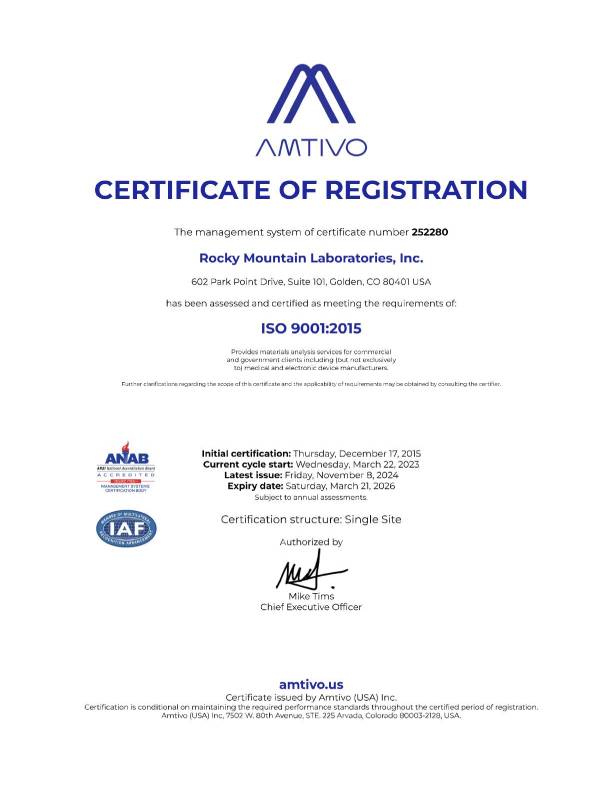Scanning Electron Microscopy (SEM) and regression analysis are two different methods used in distinct scientific domains, and they serve different purposes. Here are the key differences between SEM and regression analysis:
- Field of Study:
- SEM (Scanning Electron Microscopy): SEM is a technique used primarily in the fields of materials science, biology, geology, and other disciplines where detailed imaging of the surface morphology of specimens is necessary. It provides visual information about the topography, composition, and structure of materials.
- Regression Analysis: Regression analysis is a statistical method used in various fields, including economics, social sciences, and natural sciences. It is employed to model the relationship between a dependent variable and one or more independent variables.
- Purpose:
- SEM: The purpose of SEM is to obtain high-resolution images of the surface of specimens, allowing for detailed examination of their morphology.
- Regression Analysis: Regression analysis is used to quantify and understand the relationship between variables. It helps identify how changes in one variable are associated with changes in another variable.
- Methodology:
- SEM: SEM involves the use of a focused beam of electrons that is scanned across the surface of a sample. The interaction of electrons with the sample produces signals, which are used to create detailed images.
- Regression Analysis: Regression analysis involves fitting a mathematical model to observed data. The model describes the relationship between a dependent variable and one or more independent variables. It estimates the parameters of the model and assesses the statistical significance of these relationships.
- Data:
- SEM: SEM generates visual data, such as images or micrographs, providing information about the physical characteristics of the sample.
- Regression Analysis: Regression analysis deals with numerical data and is used to quantify the strength and nature of relationships between variables.
Scanning Electron Microscopy Analysis is a microscopy technique used for visualizing surface features of specimens, while regression analysis is a statistical method used for modeling and understanding the relationships between variables. They are applied in different contexts and address different aspects of scientific inquiry.



